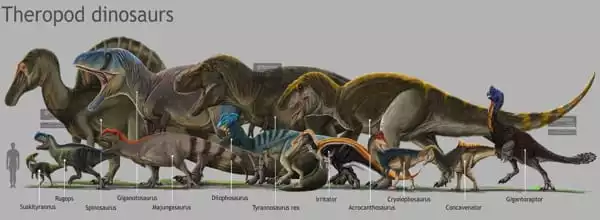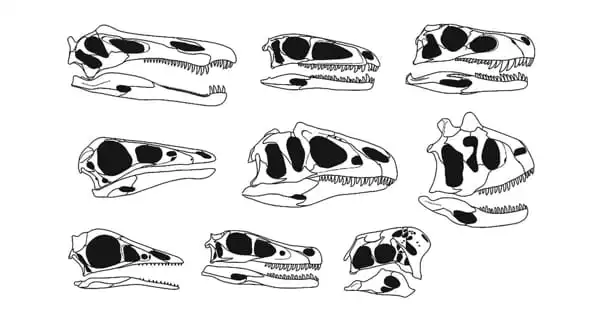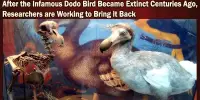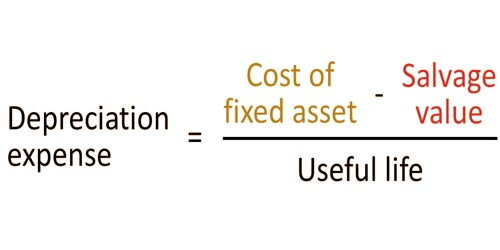Modern birds appeared to emerge in the blink of an evolutionary eye. However, new research sheds light on the long series of evolutionary changes that enabled the transformation. According to a new study, theropod dinosaurs evolved more robust jaws over time, allowing them to consume tougher food.
Researchers used digital modeling and computer simulation to discover a common trend of jaw strengthening in theropods, including the expansion of the rear jaw portion in all groups, as well as the evolution of an upturned jaw in carnivores and a downturned jaw in herbivores.
Scientists revealed their findings in Current Biology, revealing that biomechanical analysis revealed that these form changes made jaws mechanically more stable when biting, reducing the risk of bone fracture.
Modern birds descended from theropods, a group of two-legged dinosaurs that included the towering Tyrannosaurus rex and smaller velociraptors. Theropods most closely related to birds weighed between 100 and 500 pounds, making them giants in comparison to most modern birds, and they had long snouts, large teeth, and little space between their ears. A velociraptor, for example, had a coyote-like skull and a brain the size of a pigeon.
The similarity between jaw strengthening as a result of growth and as a result of time suggests that developmental patterns in juvenile dinosaurs influenced the evolution of the entire group. This most likely aided theropod dinosaur jaw evolution and overall success for more than 150 million years.
Dr. Stephan Lautenschlager
The international team, led by scientists from the University of Birmingham, created digital models of more than 40 lower jaws from five different theropod dinosaur groups, including well-known carnivores such as Tyrannosaurus and Velociraptor as well as lesser-known herbivores such as ornithomimosaurs, therizinosaurs, and oviraptorosaurs.
“Although theropod dinosaurs are always depicted as fearsome predators in popular culture, they are in fact very diverse in terms of diets,” said Fion Waisum Ma, a Ph.D. researcher at the University of Birmingham who led the study. It’s fascinating to see how the jaws of both carnivores and herbivores become structurally stronger over time. This enables them to exploit a broader range of food items.
“During their 165 million-year evolutionary history, theropod dinosaurs experienced extreme dietary changes. They evolved from carnivores to more specialized carnivores, omnivores, and herbivores. Understanding dietary transitions in other vertebrates require an understanding of how their feeding mechanics changed.”
In carnivores like tyrannosauroids, for example, an early form like Guanlong had a relatively slender and straight jaw. Later forms, however, such as Tarbosaurus and Tyrannosaurus, evolved deeper jaws with the front portion bending upward, increasing jaw strength.

Herbivorous theropods require a stronger jaw because their jaws are subjected to a great deal of stress from repetitive plant cropping. Herbivores with extremely downward-bending jaws, such as Erlikosaurus and Caudipteryx, could help dissipate such stress.
For decades, the only fossil link between birds and dinosaurs was archaeopteryx, a hybrid creature with feathered wings but dinosaur teeth and a long bony tail. These animals appeared to have developed birdlike characteristics — feathers, wings, and flight — in just 10 million years, a mere flash in evolutionary time. “Archaeopteryx appeared to emerge fully-fledged with the characteristics of modern birds,” said paleontologist Michael Benton of the University of Bristol in England.
Dr. Stephan Lautenschlager, Senior Lecturer at the University of Birmingham and the study’s senior author stated: “It’s fascinating to see how different theropod dinosaurs evolved different strategies for increasing jaw stability depending on their diet. This was accomplished through bone remodelling, a mechanism in which bone is deposited in areas of the jaw that are subjected to high stresses during feeding.”
The researchers examined the feeding mechanics of tyrannosaurids as they grew and discovered that the deeper and more upturned jaws of adult theropods like Tyrannosaurus and Tarbosaurus are structurally stronger than those of their juvenile forms.
Dr. Lautenschlager went on to say: “The similarity between jaw strengthening as a result of growth and as a result of time suggests that developmental patterns in juvenile dinosaurs influenced the evolution of the entire group. This most likely aided theropod dinosaur jaw evolution and overall success for more than 150 million years.”
However, it has become increasingly clear that the story of how dinosaurs gave birth to birds is much more nuanced. Bird-specific features such as feathers were discovered to emerge long before the evolution of birds, indicating that birds simply adapted a number of pre-existing features to a new use. Recent research suggests that a few simple changes, such as the adoption of a more babylike skull shape into adulthood, were likely critical in the final push to birdhood.
Birds are not only much smaller than their dinosaur ancestors, but they also closely resemble dinosaur embryos. Such adaptations may have paved the way for modern birds’ distinguishing characteristics, such as their ability to fly and their remarkably agile beaks. The work demonstrates how a series of small evolutionary steps can result in large evolutionary changes.
















